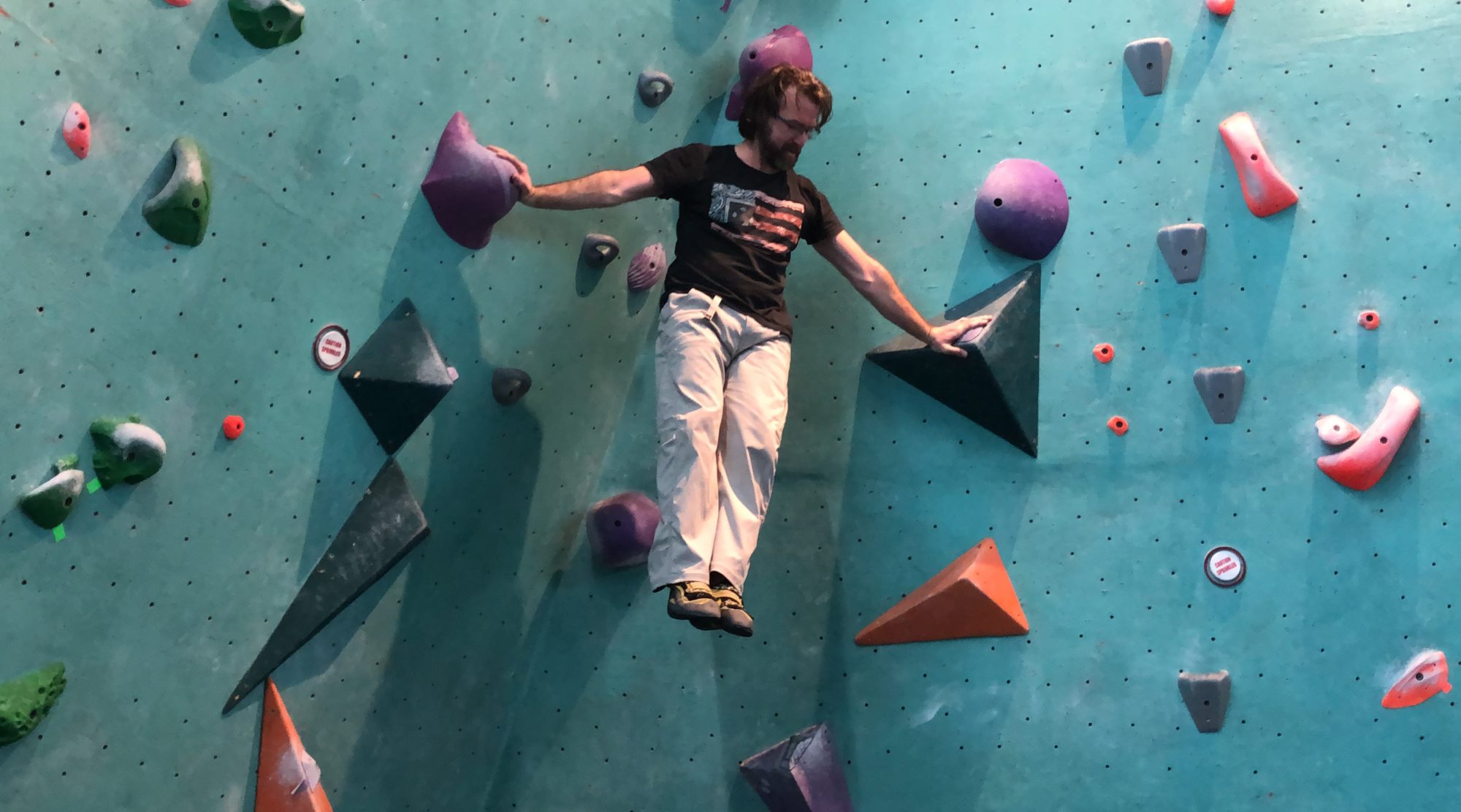A couple of day’s ago, one of my mentors, Dr Kathy Dooley, posted this on her page. In it she writes:
“Your workout should never break you.All of us need to sit down and assess what we want out of our workout.
If you want sore muscles, you can fall down the stairs. You’ll be sore and hurt. Is that a workout?
You completed the 15 mile run, but you hobbled out of bed the next day. Did you build fitness on a dysfunctional platform?
I assumed the workout was in place to make one healthier. There is nothing healthy about beating oneself up.
Eustress – positive micro stresses – can have huge medicinal benefits. We are adaptive beings. But the workout making us hobble is not eustress.
If your goal is to deadlift 500 pounds, then earn it – safely. Put the time in. Get a good coach. Or get a new goal.
If your goal is to be “healthy,” I’m here to tell you that no one knows what that means but you. What does health mean to YOU?
Seriously, sit down and contemplate what you want from your workout.
Time is valuable. You can spend it beating yourself up, or you can spend it BUILDING yourself up.
As always, it’s your call.”
Falling Down Stairs
I reposted it onto my facebook page and it garnered some great discussion. There is one line in this post that has really resonated with me.
“If you want sore muscles, falling down the stairs will work. You’ll be sore and hurt. Is that a workout?”
This quote sums up really well why so many people get caught up in the cycle of injury. They are essentially throwing their bodies down the stairs through every set and repetition of their workouts, whether it’s running, weight training, sports, or even Yoga.
Running, squatting, and lunging are controlled falls. If you lack the ability to stabilize your feet, hips, low back, and/or core, then you have movement dysfunction. Your body lacks the ability to absorb, stabilize, and respond safely to your environment. In this circumstance, every step is the equivalent of falling down stairs. Your joints, connective tissue, and other supportive structures do not know the difference. How many flights of stairs can you fall down before something breaks down?
 Rest and recovery are important for your tissues to heal. But once they are healed, if you return to an exercise program without addressing an underlying movement dysfunction, you will be once again throwing your body down the stairs.
Rest and recovery are important for your tissues to heal. But once they are healed, if you return to an exercise program without addressing an underlying movement dysfunction, you will be once again throwing your body down the stairs.
This is where you may need help. If you cannot fix these things alone, you need the help of a movement therapist who can assess and treat the root causes of movement dysfunction. I recommend finding a movement therapist who practices NeuroKinetic Therapy™ (NKT). This is the work that I do.
When your workouts hurt you, it’s time to take a hard look inside at how you value yourself, your body; and your life. It is not fitness or a workout when it hurts you. It is self destruction. As Dr. Dooley said, “Time is valuable. You can spend it beating yourself up, or you can spend it BUILDING yourself up.”
If you are tired of falling down stairs and are ready to break the injury cycle I strongly encourage you to reach out to an experienced Movement Therapist in your area. I highly recommend someone certified in NeuroKinetic Therapy™, gait assessment, and natural movement. If you’re in the Austin, TX area, then click here to schedule a free consultation.



This is great stuff Jesse! I have so many clients who keep “falling down the stairs”! I want to help them and I can only do so much! I research research and research different techniques to try with them, stretches and corrective exercises to give to them, etc. and spend so much extra time trying to “fix/cure” them of their injuries. I realize that I cannot continue to do this for many reasons. The NeuroKinetic Therapy looks like a great thing for me to learn about! Problem is that there are no certified practitioners in my area. (Indianapolis) Another issue is that the cost for the basic introductory classes are out of my budget. Any advice on how I can possibly find information/education to get started. Are there just a few things that I can learn or do to help my clients using NeuroKinetic Therapy in the meantime? I’m desperate in finding techniques to help not only my clients get more lasting results from my work, but also to help me stop “falling down my own stairs”! Thank you Jesse for your dedication in helping people move and feel better! I appreciate you! Amy B.